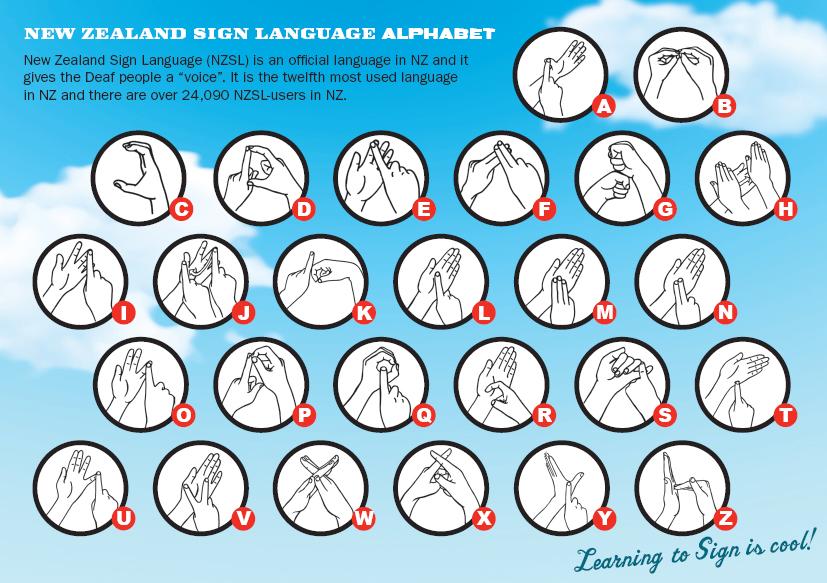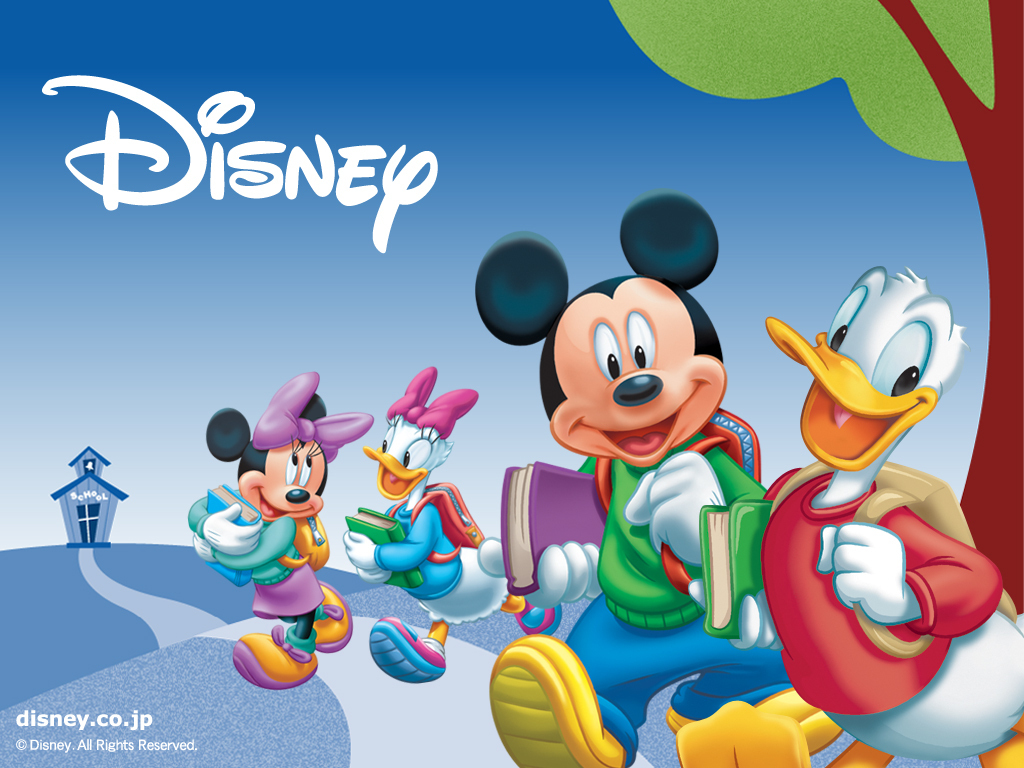New Zealand’s progressive education is branded internationally for its quality. Many international students travel to New Zealand to further their studies. So let us dig in and find out how their education is like!
In New Zealand, it is compulsory for children aged 6 to enroll into a school. Before that, children usually attend play centre or a kindergarten starting from the age of 3. At age of 9, they will be enrolled into a secondary school where they will be studying in till they reach the age of 13. They have over 400 secondary schools which students can choose from. The schools are either located in the city area or in the rural area. There is also a wide range of subjects which students can choose from. The school term is split into four terms and school starts in early February and finished in mid December.
To graduate from secondary school, students have to complete the final year of school which is when they are 13 years old. International student also have to accomplish the final year of secondary school before they can move on to the tertiary level.
After graduation from secondary school, one has five choices. They can choose to go into a University, Polytechnics and Institutes of Technology, Teacher Training, Private Tertiary and Training Establishments or English Language Training.
University
There are eight government funded universities in New Zealand and they offer undergraduate and postgraduate degree programmes. Some even offer foundation programmes. Although all universities offer a wide range of subjects, they have courses that each university specialise in.
Polytechnics
It is a popular choice among New Zealanders as it provides academic or vocational programmes and 2 different routes, namely the short course which teaches a certain skill or a longer complete programme which will result in a degree or diploma certificate upon graduation. Currently there are 25 government funded polytechnics in the country.
Teacher Training
Like Singapore’s National Institute of Education (NIE), the teacher training programme trains students to become teachers of different levels. This is a reason why the education in New Zealand is considered a quality one.
Private Tertiary and Training Establishments
Like the private universities in Singapore, these establishments provide the same programmes as a normal university, just that they are not governmentally funded.
English Language Training
This is like private English school which have English programmes along with and an activity so as to balance work and play.
This is the path international students take when they study in New Zealand
To prove that New Zealand does have a quality education system, it has produced two very brilliant minds. They are Dr Bryan Barrett-Boyes, a prominent heart surgeon, and Sir Ernest Rutherford, the first man who first split an atom.
























